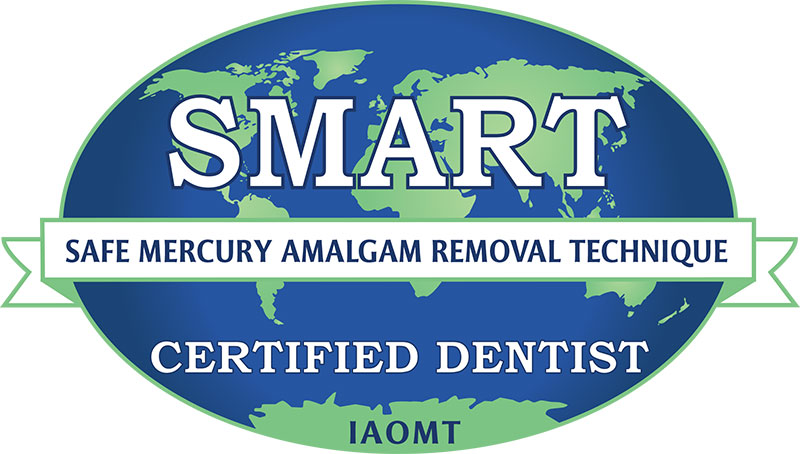Medical Ozone
Medical ozone is a mixture of medical-grade oxygen and ozone (95% O2: 5% O3), produced by an oxygen/ozone generator through stimulated lighting or photo dissociation in an electrically discharged field.
Properties of Ozone
Ozone (O3) has a short half-life of 40 minutes at 20°C and decomposes to pure oxygen due to temperature and pressure changes. Because of its thermodynamically unstable structure, ozone is an unstable gas that must be used immediately in most clinical applications.
Compared to oxygen, ozone is denser by 1.6 times and is 10 times more water-soluble than oxygen.
Forms of Ozone Application to Oral Tissue
- Ozonated water
- Oxygen/ozone gas
- Ozonated olive oil
Both ozonated water and olive oil serve as ideal delivery systems by entrapping the oxygen/ozone and releasing it upon application.
Role of Ozone in Complementary and Alternative Medicine
- Anti-pathogenic agent: Ozone is effective against viruses, bacteria, and fungi, which cannot resist increased oxygen levels. Ozonated water is also used to disinfect instruments and equipment in medicine. Ozone’s antimicrobial properties justify its use in medicine and holistic dentistry for treating more than 260 pathogens.
- Anti-inflammatory agent: Ozone can alleviate symptoms of chronic conditions like COPD. It also boosts the immune system against viruses like SARS. Its high oxidation potential, 1.5 times greater than chloride (Cl), makes it effective against bacteria, viruses, fungi, and protozoa. The release of cytokines, colony-stimulating factors (CSF), and tissue-necrosis factor (TNF-alpha) enhances the cellular immune system.
- Oxygen transport enhancer: Ozone enhances the oxygen-binding capacity of red blood cells’ hemoglobin (Hb), increasing oxygen absorption and diffusion to vital organs. It reduces Hb-O2 affinity, increasing ATP and 2,3-DPG levels, improving oxygen transport to body tissues.
- Wellness and Anti-aging: Ozone therapy enhances overall wellness, serves as an anti-aging treatment, and is an alternative approach for pain management in sports injuries and arthritis.
- Detoxifying action: Ozone therapy is used for detoxifying the body, treating heavy metal toxicity, and addressing hangovers.
Ozone as an Anti-aging Agent
Free radicals are a major cause of tissue aging. Ozone increases the activation of enzymatic antioxidants responsible for eliminating these free radicals, which may result in individuals looking and feeling younger.
Role of Ozone Therapy in Integrative Medicine
Ozone has several biological potentials upon application in the human body:
- Antimicrobial ability against bacteria, viruses, protozoa, and fungi; effective against antibiotic-resistant strains
- Disruption of the cytoplasmic membrane and oxidation of intracellular contents
- Stimulation of cellular and humoral immune systems; synthesis of immunoglobulins
- Synthesis of interleukins, leukotrienes, and prostaglandins; proliferation of immune-complement cells; enhanced phagocytosis
- Analgesic and anti-inflammatory properties
- Anti-hypoxic and detoxifying; activation of biological antioxidants
- Activation of aerobic processes such as the Krebs cycle, glycolysis, and oxidation of fatty acids
- Enhanced cell metabolism, including ribosomal and mitochondrial activity, as well as protein synthesis
Contraindications of Ozone Therapy
As with other medical substances and devices, ozone therapy has certain limitations and contraindications, including:
- Alcohol intoxication
- Anaemia
- Autoimmune disorders
- Cardiovascular diseases (CVD), myocardial infarction
- Haemorrhage
- Hyperthyroidism
- Myasthenia
- Ozone allergy
- Pregnancy

